Table of content
Bian Jian, a cherished ingredient in Chinese cuisine, holds a revered place in kitchens across Asia. These sun-dried bamboo shoots, prized for their unique texture and umami-rich flavor, are a staple in soups, stews, and stir-fries. Crafting Bian Jian at home is a labor of love that blends culinary tradition with patience. This article delves into the intricate process of making Bian Jian, from selecting the freshest bamboo shoots to achieving the perfect balance of chewiness and tenderness. Whether you’re a seasoned cook or a curious novice, this guide will equip you with the knowledge to create this timeless delicacy.
What Is Bian Jian?
Bian Jian, literally translating to “flattened tip,” refers to bamboo shoots that have been trimmed, boiled, and sun-dried into thin, flat strips. The process intensifies their natural sweetness while eliminating bitterness, resulting in a versatile ingredient that can be stored for months or even years. Historically, Bian Jian was a method of preserving bamboo shoots during peak harvest seasons, ensuring a year-round supply of this seasonal treasure. Today, it remains a symbol of culinary craftsmanship, with artisans and home cooks alike honoring its legacy.
Ingredients and Tools
To embark on your Bian Jian-making journey, gather the following:
- Fresh Bamboo Shoots: Opt for young, tender shoots (typically 8–12 inches long). Common varieties include Phyllostachys edulis (moso bamboo) or Bambusa oldhamii (Oldham’s bamboo), known for their mild flavor and minimal bitterness.
- Water: For boiling and soaking.
- Salt (optional): For fermentation or flavor adjustment.
- Tools:
- A sharp knife or cleaver.
- A large pot for boiling.
- A wooden board or clean workspace for trimming.
- A drying rack or bamboo mats for sun-drying.
- Cheesecloth or a breathable fabric (for covering during fermentation).
Step-by-Step Process
Harvesting or Sourcing Bamboo Shoots
The quality of Bian Jian begins with the bamboo shoots. If harvesting wild bamboo, choose shoots with tight, unopened sheaths and a creamy hue. Avoid those with soft spots or a fibrous texture. For urban cooks, Asian grocery stores often carry fresh bamboo shoots during spring.
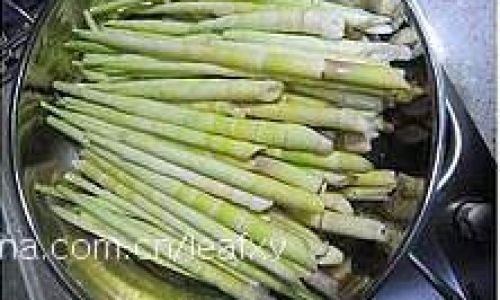
Peeling and Trimming
- Remove the Outer Sheaths: Using a knife, gently peel away the tough, outer layers of the bamboo shoot until the pale, tender core is exposed.
- Trim the Base: Slice off the fibrous, woody base (approximately 1–2 inches from the bottom).
- Halve the Shoot: Cut the shoot lengthwise into two or four equal sections, depending on its size. This exposes the inner flesh and speeds up cooking.
Boiling to Remove Bitterness
Bamboo shoots contain cyanogenic glycosides, natural compounds that release bitterness when cooked. To neutralize this:
- Fill a large pot with water and bring it to a rolling boil.
- Add a pinch of baking soda (sodium bicarbonate) to soften the shoots and enhance color retention.
- Submerge the trimmed shoots and boil for 30–45 minutes. Skim off any foam that rises to the surface.
- Test for doneness by piercing the flesh with a fork; it should yield easily.
- Drain the shoots and rinse them under cold water to halt cooking.
Flattening and Shaping
This step is crucial for achieving Bian Jian’s signature appearance:
- Place a cooked shoot on a cutting board.
- Using the flat side of a knife or a rolling pin, gently press down to flatten the shoot into a thin, even strip (approximately 1/8 inch thick).
- Trim any irregular edges to create a rectangular or oval shape.
Fermentation (Optional)
Some traditional recipes incorporate a brief fermentation phase to deepen flavor:
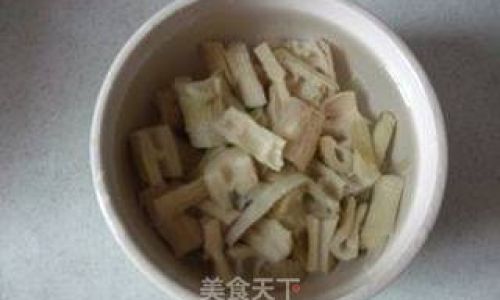
- Prepare a brine by dissolving 2 tablespoons of salt in 4 cups of water.
- Submerge the flattened shoots in the brine and cover with cheesecloth.
- Allow to ferment at room temperature (68–77°F or 20–25°C) for 12–24 hours. This step is optional but enhances umami notes.
Sun-Drying
Drying is the most time-intensive phase, requiring patience and favorable weather:
- Arrange the flattened shoots on bamboo mats or drying racks, ensuring they don’t overlap.
- Place them in direct sunlight, ideally during a dry, breezy season (spring or autumn in temperate climates).
- Flip the shoots every 2–3 hours to promote even drying.
- Drying time varies but typically takes 3–5 days. The shoots are ready when they’re leathery, translucent, and completely devoid of moisture.
Alternative Drying Methods:
- Oven Drying: Set the oven to the lowest temperature (140–170°F or 60–75°C). Prop the door open with a wooden spoon to allow moisture to escape. Dry for 6–8 hours, flipping occasionally.
- Dehydrator: Use a food dehydrator set to 135°F (57°C) for 8–10 hours.
Storage
Once dried, store Bian Jian in airtight containers (glass jars or vacuum-sealed bags) in a cool, dark place. Properly dried Bian Jian can last up to two years without refrigeration.
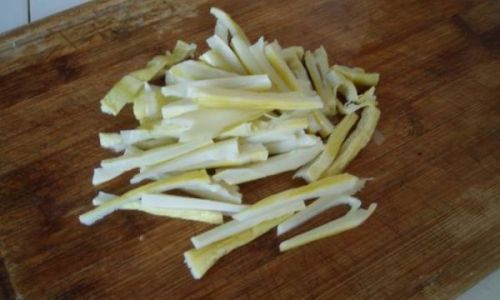
Cooking with Bian Jian
Bian Jian’s concentrated flavor shines when rehydrated and incorporated into dishes:
- Rehydration: Soak dried Bian Jian in warm water for 30–60 minutes until pliable. Rinse thoroughly to remove excess salt (if used).
- Classic Applications:
- Soup Base: Add to broths with pork, chicken, or mushrooms for depth.
- Stir-Fries: Sauté with garlic, ginger, and vegetables for a crisp-tender texture.
- Braised Dishes: Simmer with soy sauce, rice wine, and five-spice powder for a savory-sweet glaze.
Troubleshooting Common Issues
- Mold Growth: If sun-drying, ensure the shoots are completely dry before storage. Use a fan indoors if humidity is high.
- Tough Texture: Overcooking during boiling can lead to mushiness. Under-drying results in a chewy, leathery bite.
- Excessive Bitterness: Increase boiling time or add a pinch of baking soda to neutralize compounds.
Regional Variations
Bian Jian-making techniques vary across China, reflecting local tastes and climates:
- Zhejiang Province: Known for its delicate, minimally processed Bian Jian, often used in Hangzhou’s famous West Lake Fish in Vinegar Gravy.
- Sichuan: Fermented Bian Jian is spiced with chili oil and Sichuan peppercorns, adding fiery complexity to mapo tofu.
- Taiwan: Sweet Bian Jian, lightly sugared during drying, is a tea-time snack paired with oolong tea.
Health Benefits of Bian Jian
Beyond its culinary appeal, Bian Jian offers nutritional advantages:
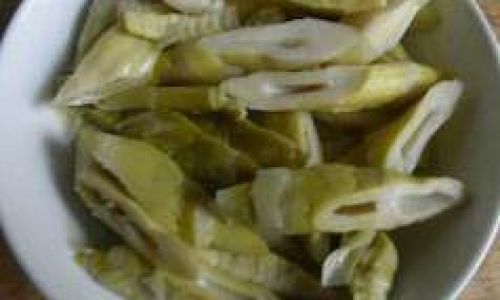
- Low in Calories: A 100g serving contains just 20–30 calories, making it ideal for weight management.
- Rich in Fiber: Aids digestion and promotes gut health.
- Antioxidant Properties: Bamboo shoots contain flavonoids and phenolic acids, which combat oxidative stress.
Sustainability and Ethical Considerations
Bamboo is a rapidly renewable resource, with some species growing up to 35 inches (90 cm) daily. Opting for sustainably harvested bamboo supports eco-friendly agriculture. Avoid shoots from endangered species or regions with lax environmental regulations.
Conclusion
Crafting Bian Jian is a meditative practice that connects us to ancient food preservation traditions. While time-consuming, the process rewards with a pantry staple that elevates countless dishes. Whether you’re recreating a family recipe or experimenting with modern fusion cuisine, Bian Jian’s versatility and depth of flavor make it a worthy addition to any kitchen. So, roll up your sleeves, embrace the rhythm of the seasons, and savor the satisfaction of transforming humble bamboo shoots into a culinary masterpiece.
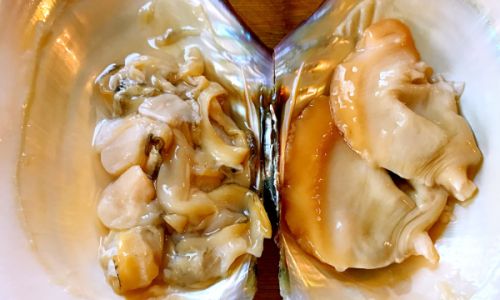

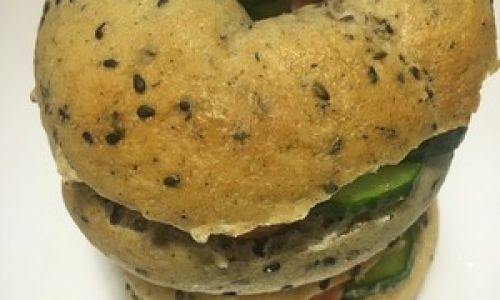
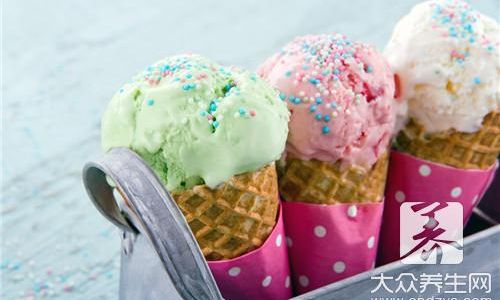
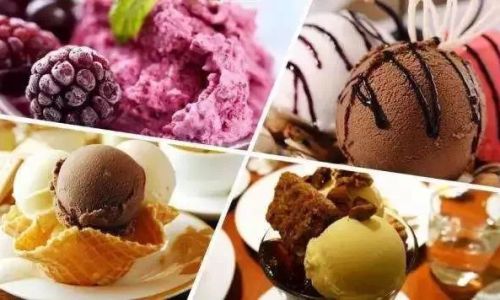

0 comments